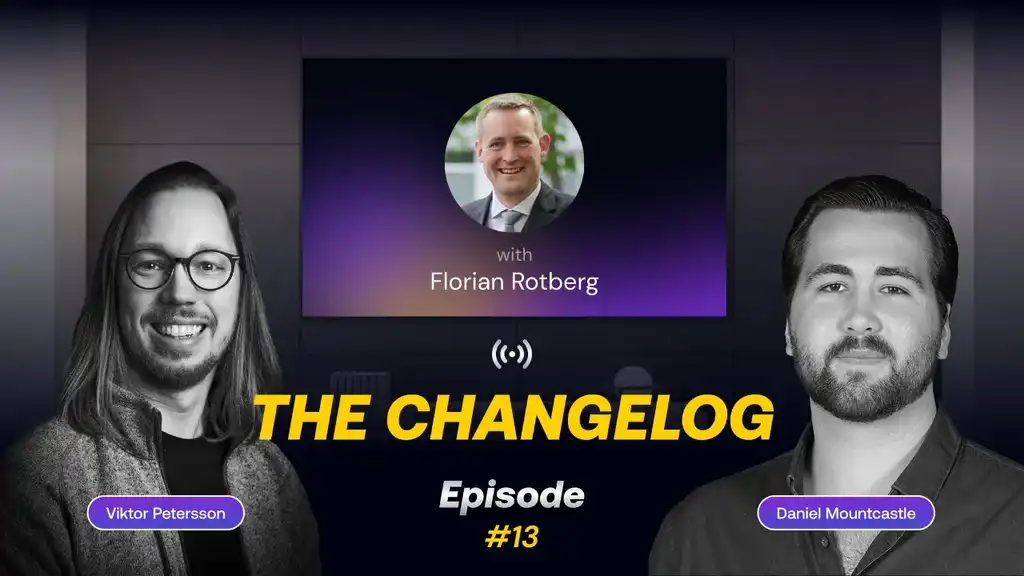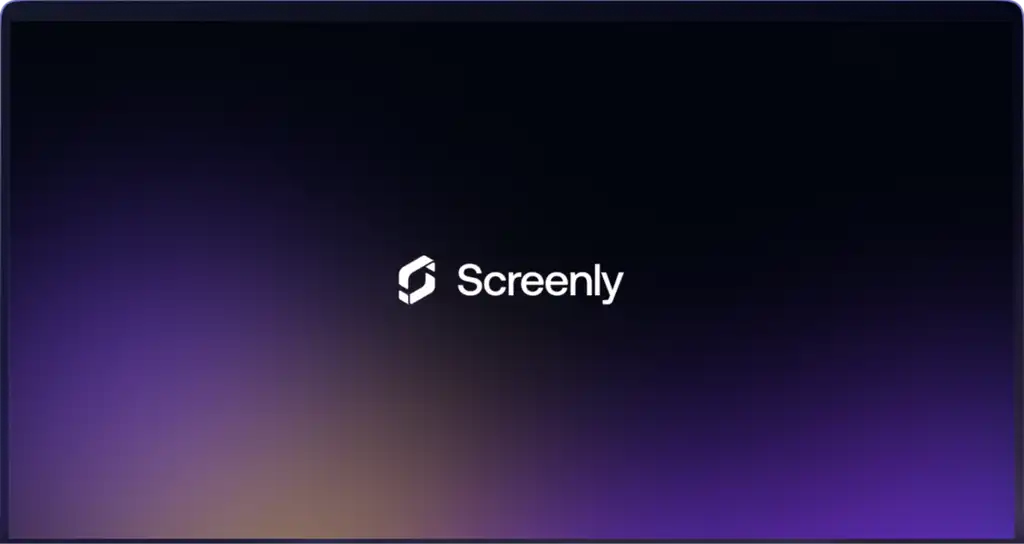Listen to this episode on:
Screenly Changelog Episode 14: Screenly Summit in Thailand, remote-first culture, Screenly’s bug bounty program, Secure by Default, Screenly App Store, & the future of digital signage
Welcome back to the Screenly Changelog! In our first-ever live episode, Viktor and Daniel come to you from the Screenly annual team summit in Phuket, Thailand. This special episode pulls back the curtain on Screenly’s remote-first culture, dives deep into what it truly means to be a “security-first” company, and explores the evolution of the Screenly platform. Catch the full conversation by watching the episode above or read the highlights below.
A look inside Screenly’s remote-first culture
The episode kicks off from the company’s annual summit, a tradition that has been core to Screenly for about 10 years. As a remote-only company, Viktor explains that these summits are not about sitting behind laptops. Instead, they are crucial for building deep, personal connections that can’t be replicated over Google Meet or Zoom. “There’s something that happens when you’re spending a week together,” Viktor notes, highlighting how these interactions reduce friction and foster a better understanding among team members who collaborate daily from over 10 different countries. This intentional approach to culture is about more than just fun; it’s about fostering collaboration and aligning on long-term company philosophy.
Security-first digital signage & Screenly’s new bug bounty program
Viktor and Daniel reiterate a core tenet of the company: Screenly is security-first digital signage. But as they point out, “you can’t just say that… you have to actually do that in practice.”
As a concrete example of this commitment, Screenly has launched a formal bug bounty program. This program provides a safe harbor and clear rules of engagement for “white hat” security researchers to find and report vulnerabilities in Screenly’s software. Viktor explains that rather than turning a blind eye or, worse, punishing researchers for their findings, Screenly wants to incentivize them. “If people can find vulnerabilities in our software, we want to know, right? And we are happy to incentivize that.” This program is a critical step in proactively improving Screenly’s security posture and protecting customers.
Secure by Default and IT-managed signage
The conversation also tackles industry buzzwords like “Secure by Design” and “Secure by Default.” These aren’t just marketing terms; they represent a set of common-sense best practices that are becoming critical in the industry.
This shift is accelerating as the responsibility for digital signage moves from siloed AV teams to internal IT departments. The modern IT manager is responsible for the security of every device on their network, and they are asking tough questions that many signage vendors can’t answer. As Viktor notes, “AV is being swallowed by IT.” This means that proving adherence to security frameworks, providing penetration test reports, and ensuring devices can be updated are no longer optional. They are now mandatory requirements for doing business with security-conscious organizations.
The evolution of the Screenly App Store
Reflecting on Screenly’s evolution, the team discusses the journey of Screenly Edge Apps. Initially built as a powerful, developer-friendly environment for creating custom integrations, the team recognized that this approach could be too complex for users who are just getting started.
As a result, Screenly is repositioning its offerings into a more familiar and accessible Screenly App Store. The goal is to provide the logos and plug-and-play simplicity that users expect for their initial deployments, while still offering the deep customization and power of Edge Apps for more advanced use cases down the line. Daniel explains the new philosophy: “You’ll be consuming before you’ll be a producer.” This shift ensures that all users, regardless of technical skill, can get immediate value from Screenly, with a clear path to sophisticated, custom solutions when they’re ready.
AI, real integrations, & the future of digital signage
Answering a question from the live audience, Viktor and Daniel shared their thoughts on the future of the industry, identifying key trends that point toward significant market maturation.
A major driver of this change is a push for forced security maturity. Upcoming regulations like the EU’s Cyber Resilience Act (CRA) will compel vendors to take security and software lifecycle management seriously, a shift that is likely to push many non-compliant players out of the market. This move is happening in tandem with the rise of the IT buyer. As IT departments increasingly take control of purchasing, decisions are being based less on flashy features and more on robust security, reliability, and proper device management.
This focus on substance over hype extends to technology as well. While the industry is flooded with discussions of AI, the real value lies not in generative content but in practical applications, such as using AI for the preventive maintenance of hardware. Similarly, customers are learning that a logo on a website does not guarantee a true integration, and they are now demanding solutions that are deeply and functionally connected to work exactly as they need them to.
Learn more and get started with Screenly
This episode gives a unique insight into the principles that drive Screenly forward: a commitment to culture, an unwavering focus on security, and a dedication to building a platform that is both powerful and easy to use.
Interested in secure, scalable digital signage solutions? Explore Screenly and start your 14-day free trial today.
Stay tuned for future updates, and thank you for joining us for the Screenly Changelog Episode 14!




